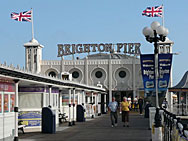Pavilion
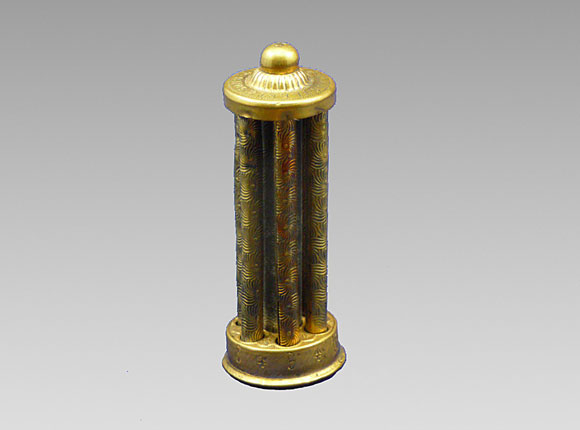
Needle Case (photographys courtsey of Lynda Herrod)
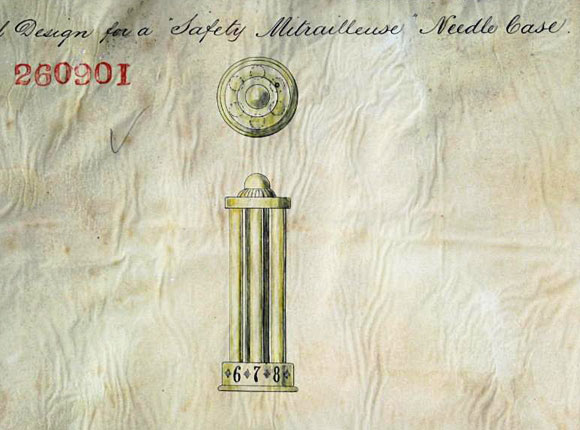
Design Representation
Design Details
Needle Case Type: |
Flat-Names |
Patent/Registered to: |
William Bartleet & Sons - Redditch |
Patent/Design Representation #: |
Ornamental Class 1: Metal: #260901 |
Patent/Design Registration Date: |
March 5, 1872 |
Location of Patent/Design Registration: |
The National Archives (TNA) - Kew, UK |
Reference #:
|
TNA Representation - BT 43/31/260901
TNA Register – BT 44/2/260901 |
Dimensions: |
2.5 diameter x 6.7 |
Material: |
Brass |
Name Variations: |
W. Bartleet & Sons - Redditch |
Other Variations:
|
None |
Additional Photographs
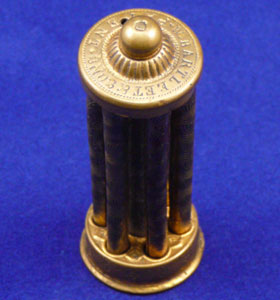
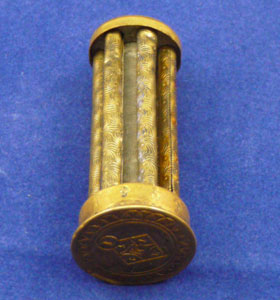
Side views
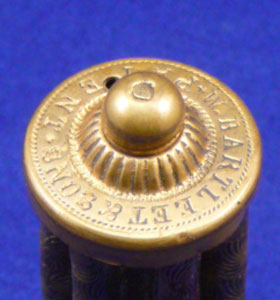
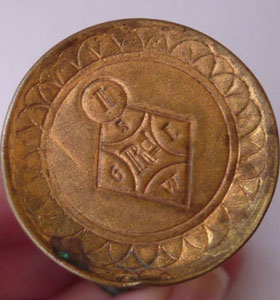
Top signature detail and bottom diamond registration detail (photo from eBay)
Facts
The Royal Pavilion in Brighton is the most famous pavilion in the UK. Located roughly 65 miles south of London, it is easily reached by car
or train and is a popular tourist destination. Because of its exotic exterior it has become one of the most instantly identifiable
architectural buildings in the world.
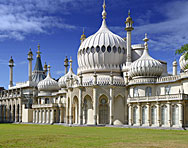
History
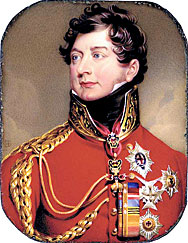
George IV (1762-1830)
In the 1780’s the extravagant monarch Prince George built a villa in the small fishing village of Brighton. After he was sworn in as Prince
Regent in 1811, the position of acting monarch due to his father’s mental illness, George decided to expand the modest structure into a palace fit
for a king. Between 1815 and 1822 the famous English architect John Nash transformed the villa into a magnificent oriental palace with
minarets, domes and pinnacles on the exterior and lavish rooms, galleries and corridors on the interior. No expense was spared in decorating
this seaside home for the Prince to entertain his guests. As a result Brighton became a coastal resort for wealthy aristocrats, however slowly
transitioned into a recreation center for the emerging middle class. In 1850 Queen Victoria sold the Royal Pavilion to the town of Brighton
since she disliked the area because of its lack of privacy.
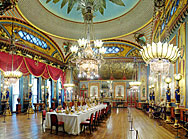
Miscellaneous
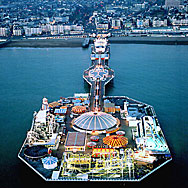
Victorian Brighton saw the construction of many of the tourist attractions one finds in the city today. Between 1801 and 1901 the
population grew from 7,000 to 120,000 mostly due to the area becoming a major resort for day trippers from London especially after the introduction
of a direct rail line from London to Brighton in 1841. Estimates indicate approximately 250,000 people visited the town each year by
1848. The crowds came to see the piers with their kiosks selling souvenirs, food and other entertainment. A third stronger pier was
constructed on the site of an earlier one in 1899 and although remodeled several times since, remains on the site today as a children’s amusement
park with roller coasters, thrill rides, retail shops and assorted eateries.
